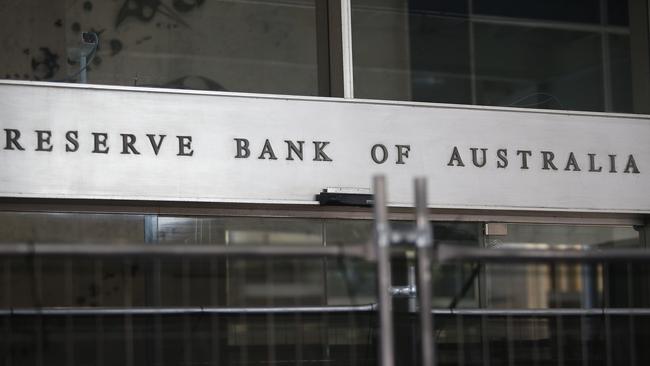
Financial markets and the labour movement were on a unity ticket, adamant the time was ripe for rate relief; homeowners, family business operators and the Albanese government were all yearning for a relaxation in the central bank’s monetary squeeze. It’s the hope that kills you, they say.
Voila! Michele Bullock flicked the switch to showtime and gave the Australian people what they wanted and then found the right words to justify the move, which was not a “lay-down misere” but a cheery consensus. The latest reading on underlying inflation at 3.2 per cent clinched it, which the RBA board said “suggests inflationary pressures are easing a little more quickly than expected”.
“Inflation has fallen substantially since the peak in 2022, as higher interest rates have been working to bring aggregate demand and supply closer towards balance,” the board said.
Jim Chalmers declared this was the “soft landing” Labor had been planning for and preparing for, and no doubt lighting a few candles for at St Mary’s just over the way from the central bank’s HQ.
But in this climactic moment, there was a cold, hard splash of reality. The RBA governor said it was too early to roll out the victory banner in the war on inflation. So don’t count on another cut next time, or that there will be two more easings by the end of this year as market players are fully pricing in.
“If monetary policy is eased too much too soon, disinflation could stall, and inflation would settle above the midpoint of the target range,” the board said of the 2.7 per cent forecast for underlying inflation for the two years to June 2027.
That’s not good enough, Bullock said, as the name of the game is hitting the midpoint sweet spot, where you’re less likely to fall above or below the 2-3 per cent target band. More puzzling was the gap between what the wonks said and what the board did.
In fact, even a cursory reading of the RBA’s quarterly Statement on Monetary Policy suggested the wonks were arguing with ardour to hold rates steady. The statement released at the time the rates announcement was made had been pored over in advance for a couple of hours by reporters in a sealed environment. The staff analysis is filled with upsides and downsides, caveats and risks; there are multiple cavities where hard calls should be enamelled, while uncertainties abound, especially as Donald Trump rocks world finances.
As Bullock said, tariffs are one thing because they add to uncertainty, but what makes matters worse is that the US President’s policy moves are so unpredictable. Yet the weight of domestic judgments in the central forecasts by the RBA’s staff economists amounted to a thesis on why the board should keep rates steady.
The labour market was too tight and is not expected to ease much further, with the jobless rate stabilising at 4.2 per cent over the entire period to June 2027. Consumer spending was in recovery alongside the ongoing pick-up in real household income. Notwithstanding the recent progress on disinflation, that is a fall in the rate of inflation, wage pressures are only expected to ease slightly.
Perhaps the Statement on Monetary Policy was burned before reading.




The Reserve Bank board’s head said hold but its heart decided to go with the national vibe craving a cut in official interest rates.